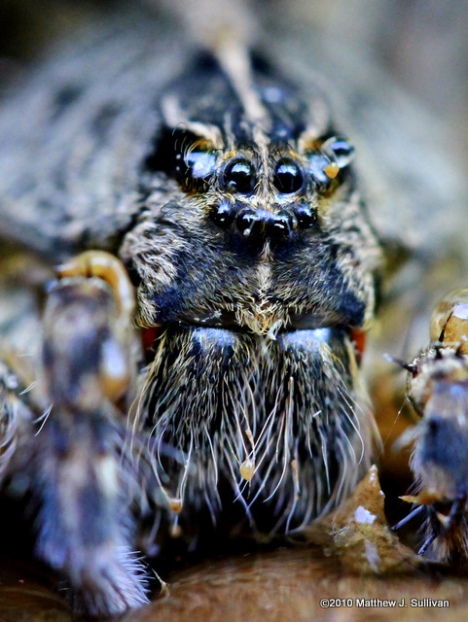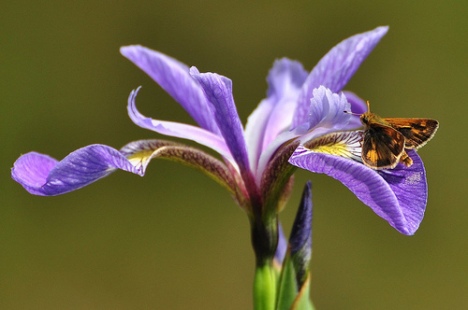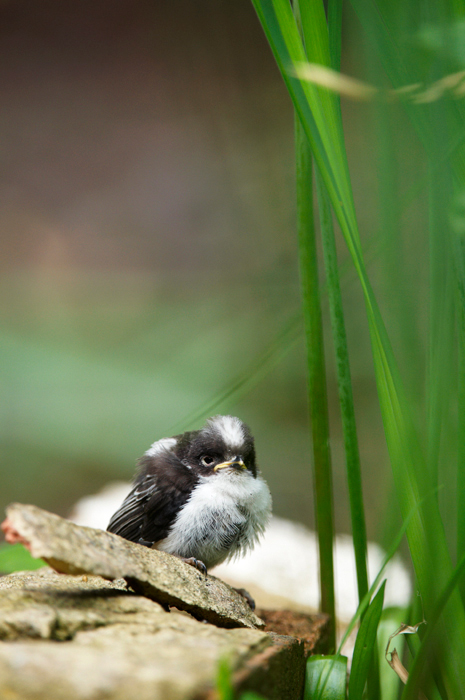Seminar at the Hilton Alexandria Old Town, June 5th, 2010
By Emma Canfield, Nature’s Best Photography
Art Wolfe, who is probably best known now for his series on Public Television, “Art Wolfe’s Travels to the Edge,” but has also produced more than 65 books and videos of photography and instructional material on photographic technique, recently gave an all-day presentation in Alexandria, Virginia, to an audience of serious amateur photographers. The day was a personal and engaging journey through the creative process of photography as Art Wolfe sees it, starting with some of the fundamentals of composition, and moving on through specific examples.
Art talked about his “Ten Deadly Sins of Composition,” which was a really fantastic summary of what NOT to do as a photographer! As a Junior Photo major at RISD, I felt he gave a great summary of all the basics of composition and technique, whether the audience was serious amateurs or professionals. He covered all the important aspects of composition, including line, and how it controls the viewer’s response to the image, the use of color, texture, lighting, and depth of field. He really focused on the use of light to create drama, and how a simple change in the lighting can completely change the impact of a photograph.
Continue reading →
Filed under: Emma Canfield | Tagged: Art Wolfe | Leave a comment »


 http://www.flickr.com/groups/naturesbeststudents/
http://www.flickr.com/groups/naturesbeststudents/













